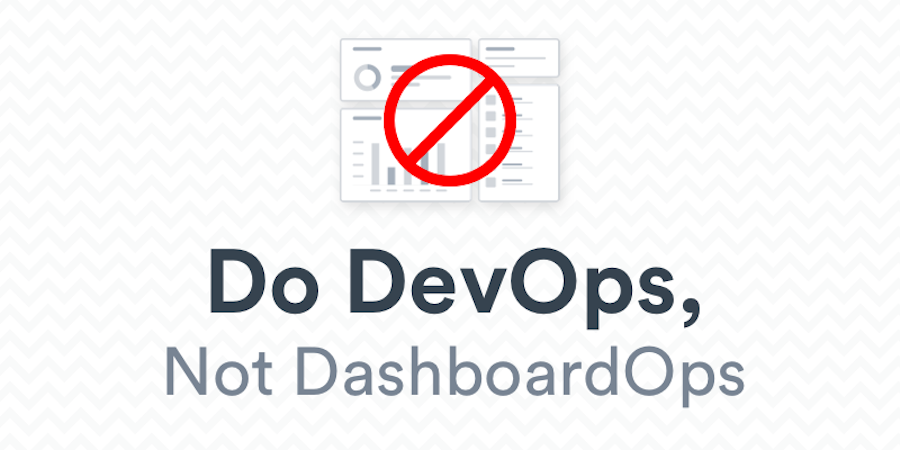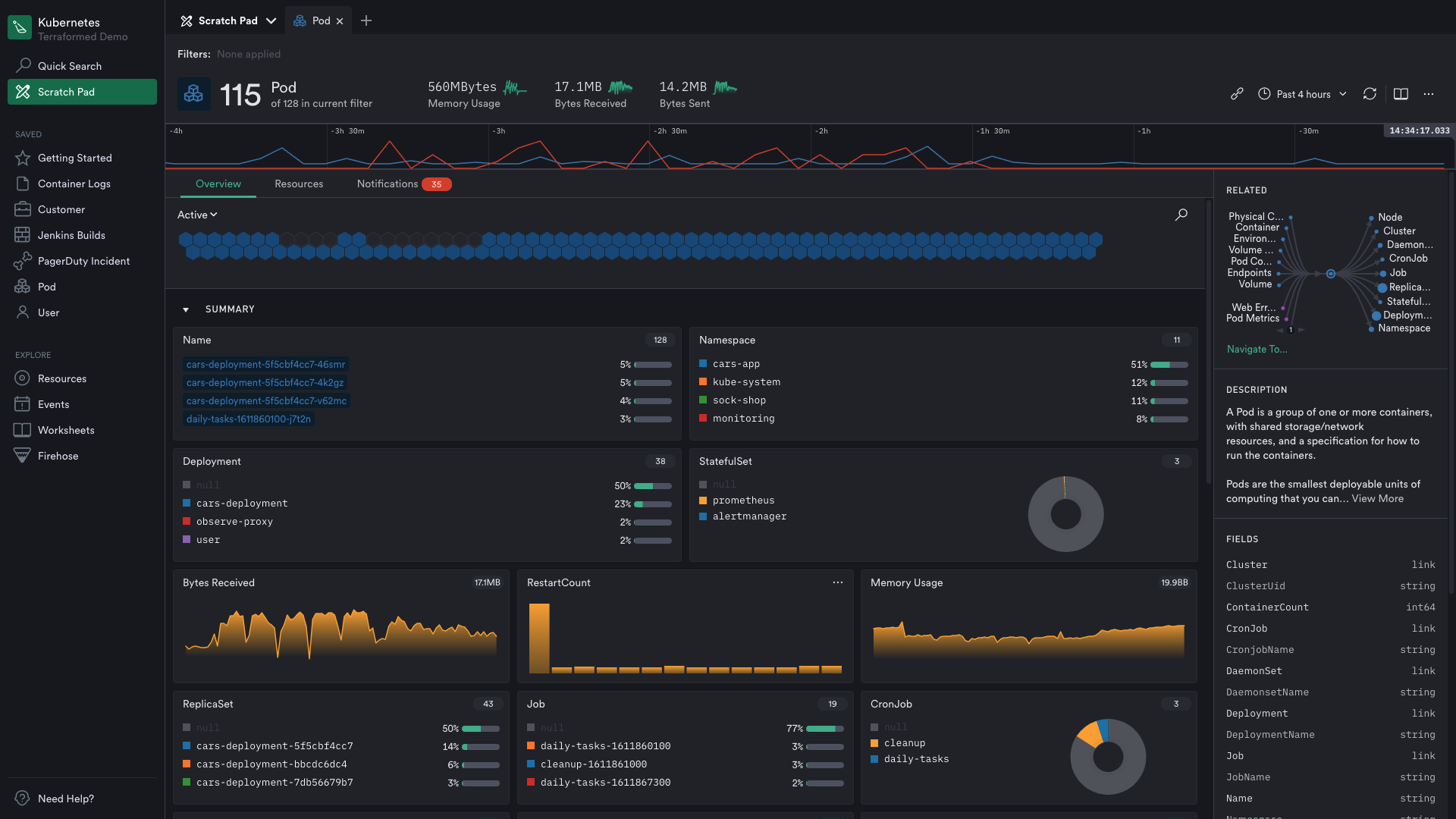

Observability is not about making your dashboards happy, it’s making sure your business isn’t burning to the ground.
At Observe, we are passionate about making Observability accessible to everyone. One of the biggest obstacles to good Observability is the way the industry has thought about dashboards.
Dashboards were an essential part of first-generation monitoring tools. It was easy to put together a dashboard when all you needed to display was a handful of metrics. More importantly, it was easy when you knew what the question was in advance.
2 Reasons Why Dashboards Fail
1. They can’t keep up
Most dashboards exist to answer those questions you already knew about. And the answer usually comes from metrics. “Why are the servers crashing?” Maybe they ran out of memory, the CPU load was too high, or any of a multitude of other things that could go wrong. You build a chart that answers each of those questions. When you’ve added all the possible conditions, you (theoretically) have a dashboard that tells you if your application is healthy.
There’s a lot more to the story, however. Something special is happening each time someone creates a dashboard. That person builds in all their institutional knowledge: about the underlying infrastructure, the metrics it produces, and what those metrics actually mean. After all, metrics without context are just tagged values with obscure names. The next person who needs this dashboard stands on the shoulders of its creator to understand what they are looking at.
As your infrastructure gets more and more complicated, you end up with an explosion of dashboards. And every service is intricately connected to every other one. The problem with dashboards is that they try to distill all of the signals that lead to the root cause. Every time something fails in a new and interesting way, create a new dashboard! This process does not scale, and instead, you get dashboard soup.
2. They are flat
Dashboards are a flat representation of your system. If I see a spike in a chart, can I drill into it or pivot around it? Can I link it to related logs, metrics, traces, and infrastructure? Nope.
Most dashboards stop at providing the host and time something occurred. The better ones show you other metrics that may have peaked around the same time. But they still lack the proper context because they don’t nest or link.
Why do dashboards need to link? Imagine you saw a peak in request volume on a chart. Or your shopping cart spend was down 10% this month. How is this one dashboard going to explain why? When a dashboard can’t link all your systems, you have to rely on manual correlation. The tribal knowledge required to figure out what happened doesn’t scale either.
Is making yet another dashboard going to help?
Landing Pages – Dashboards Done Right

At its core, Observe is a data platform that shapes and relates data. We use this information to generate something we call Landing Pages. A Landing Page is a programmatically generated dashboard. You don’t have to build them yourself, but you can certainly customize them. (Need a cat GIF? We’ve got you covered.)
The “killer app” of Landing Pages is the ease of jumping between them to leverage relationships in the data. For example, you might start on the Landing Page for support tickets and filter to see critical ones. But from there, you can also pull up the logs, customers, or containers related to those tickets. Observe does this without relying on tags or labels with our GraphLink feature.
Landing Pages also pull in other helpful information like alerts. When someone is paged at 3 am, they may or may not know where to start. If they are lucky, there might be some dashboards. But a Landing Page shows both urgent and routine alerts for more context, including alerts about dependencies.
When you combine all this functionality, you may find dashboards are a thing of the past. At Observe, we think dashboards are great for displaying high-value, stable data. But they can’t keep up with the complexity of today’s environments. We want you to spend more time-solving issues, shipping code, and building a better experience. And less time with dashboards that only answer the problem you already knew about.
To summarize, dashboards fail because they can’t keep up with the complexity of today’s systems, reliance on institutional knowledge, and inability to relate data. With Observe, you can use Landing Pages to link all your systems to help you solve issues, ship code, and build a better experience.
If you’d like to learn more about Observe, and how it can get you on the path to better Observability, request trial access here.



